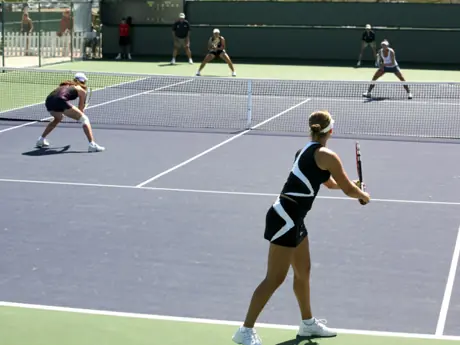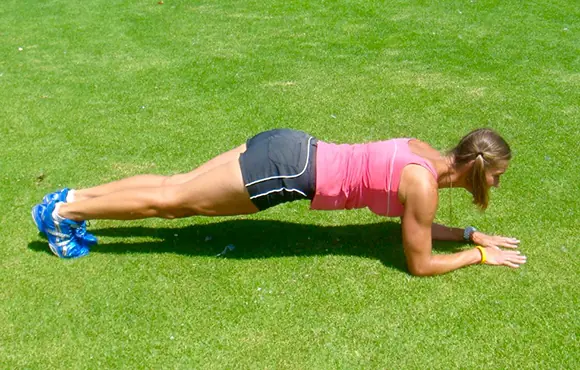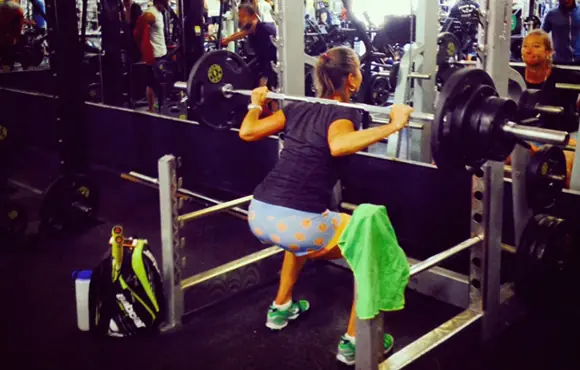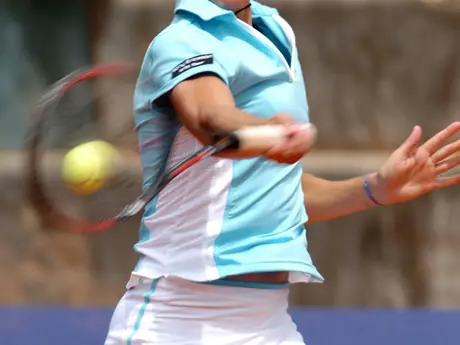
With the Australian Open well underway -- a tournament generally known for higher ball-bounces (although the Plexicushion has sped things up quite a bit, resulting in slightly lower bounces) -- let's take a look at some tips for playing against a player with high-bouncing topspin strokes.
1. Practice Against Heavy Topspin Players
It goes without saying that if you want to handle high topspin from the opponent, you should be practicing against people who hit with a lot of topspin.
This will allow you to read their body language and ball trajectory so that you can anticipate the type of bounce as well as the depth. It can be a daunting task to try to take on such a player for the first time in a match. So improve your chances by playing against similar players in advance.
2. Footwork, Footwork, Footwork
When you're trying to handle extreme topspins, you must be prepared to not only move forward and backward, but also sideways. Remember that an opponent can generate topspin that rotates "top-wise" or even slightly lop-sided (by brushing upwards AND to the outside/inside of the ball).
If the latter happens, you must be prepared for a ball that explodes sideways slightly and to be able to take an extra step or two before striking the ball.
Don't get set too soon (as you would against a flat shot that is driven into the contact point); keep moving until you're in optimal position to strike. Adjust the angle of attack so that you're always moving forward and slightly to the side.
If you get set too soon, there's a possibility that you may be either too closed or too open - making for an ineffective stroke -- or that you will allow the ball to bounce over your shoulder.
3. Think Low
When seeing a high ball approach, it's tempting to want to stand straight up. However, this type of thinking can be dangerous.
When the ball bounces vertically and you swing horizontally, the two paths (1. the path of the ball and 2. the path of the racket) form a "plus" sign. Unless you have picture-perfect timing, there's a strong chance that you one of several outcomes will occur:
- You will mis-hit the ball
- You will generate insufficient pace
- You will hit a ball without much arc (resulting in either an error or a short ball)
To correct this, think about getting low as soon as you see the high ball leaving your opponent's racket and, after you've set up, come up with the ball.
If you you manage to do this well, although the racket will still swing through horizontally, the path of the racket will be at an upward angle (synchronized with the upward movement of your body).
In other words, when compared to your body, the racket moves horizontally as before. However, when compared to the ground, the racket actually moves upwards. This allows for not just better timing but also for a ball with more arc (and margin for error) over the net. Furthermore, by working with the legs, you don't have to tinker with your stroke.
- 1
- of
- 2
About the Author









Discuss This Article